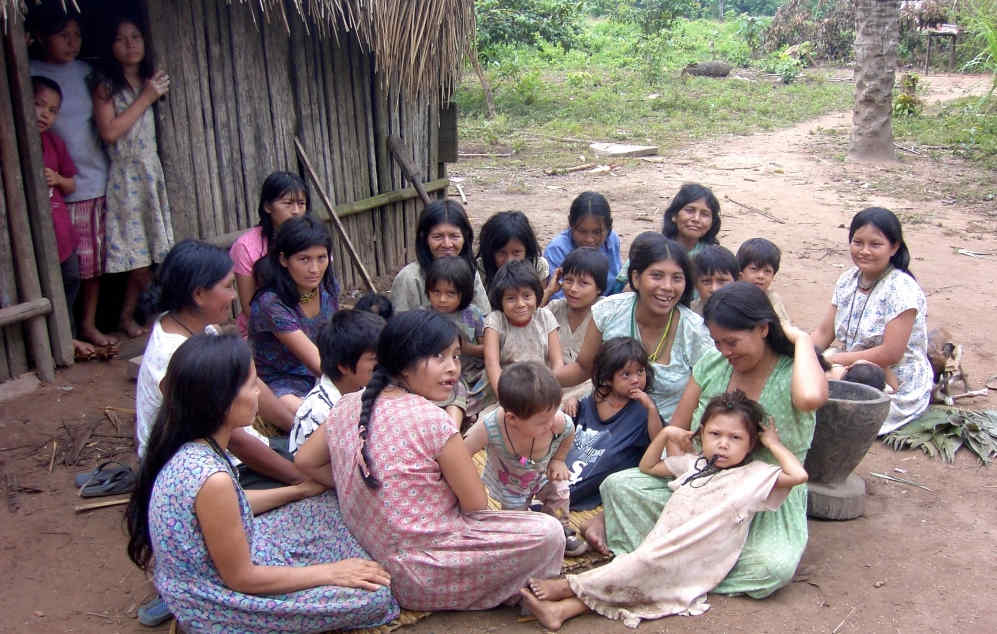
The healthiest hearts in the world have been found in the Tsimane people, who forage and fish in the Bolivian forests. Previous reports of Japanese women being the world’s healthiest still hold true, say researchers, but the Japanese group will be a close second to the overall health of the collective Tsimane group.
Researchers looked carefully at both diet and exercise, along with CT scans to check lifestyle along with signs of clogged arteries in every age group of the hunting and gathering community.
The men of the community averaged 17,000 steps per day and the women averaged 16,000 steps, with those over 60 still averaging an impressive 15,000 steps each day. This highlights the comparison of their western counterparts struggling to maintain a much lower reading of 10,000 steps per day.
Their diet consists mostly of wild pig, tapir (a wild pig-like mammal), capybara (a large rodent), freshwater fish, rice, maize, plantains, and fruit and nuts. A high amount of their calories come from carbohydrates, and about 14% come from protein.
Compared to other communities with a higher rate of heart disease, the Bolivian natives eat much leaner meat and much less saturated fat.
Experts and nutritionists have long purported carbohydrates are the enemy of a healthy diet, but the healthy Tsimanis eat about the same portion as other civilizations around the world.
The real difference it seems, as many doctors have always said, is exercise. With many populations experiencing more sedentary lifestyles, the rate of 80% of Americans with signs of heart disease by age 75 should not be too surprising.
What can we learn? Of course, the moral of the story is to keep moving, no matter your age. Whether it’s taking the stairs, biking to work, or walking every day, the idea of exercising on the weekends won’t do much in the way of overall health, said the experts.




